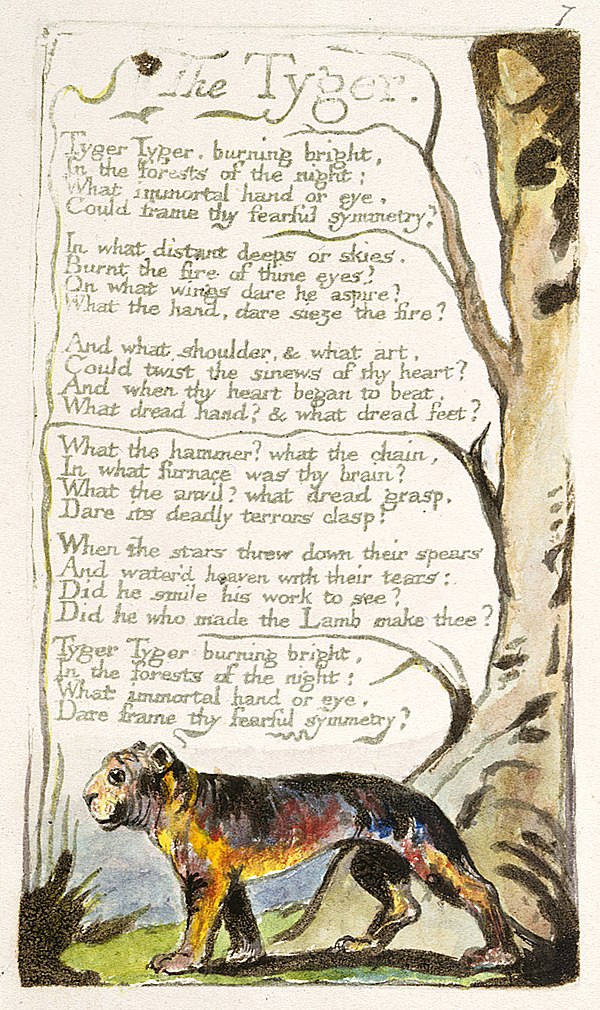exceeded his father and other ancestors, breaking from the Lutheran tradition.
He was very famous; he introduced a school of psychology that is very alive
today.
At the age of 76 he got up the nerve to confess how he really felt about the
God of Job. To reach that point he must have been 'god-haunted' . In
'Answer to God' he virtually denounced the God of Job. He decided that he
would treat the 'psychic fact' of 'God' as a person (I decided long ago that
God could not 'be a person'; he created 'person'.)
'Jung, William and our answer to Job' (Archetype of Suffering)
Thursday, May 19, 2011
Dr. David R. Hiles of De Montfort University, Leicester UK, a professor of psychology, a student of Jung and Blake, makes these comments on suffering and the contraries in his paper "Jung, William Blake and our answer to Job."
"The story of Job is not just about suffering, or about the human experience of suffering, but about the wisdom that can unfold from our experience of suffering. The Job archetype is something that we all possess, but only with profound difficulty, can we access it in ourselves. Of necessity, each of us must formulate our own answer to Job, from our experience of, and participation in, suffering. The importance of our experience of the Job archetype is that it so clearly portrays the coincidentia oppositorium, the coincidence or conjunction of opposites that are brought into human consciousness (I must stress this is not the marriage of opposites). This is an idea which occupies such an important place in Jung’s psychology. However, what is at stake here is not the recognition of opposites, or the interplay of opposites in our experience, or even the union or marriage of opposites, but the shocking realization of their conjunction in the same object or situation. The reason why the coincidentia oppositorium is so crucial is that it does not simply represent the opposition of fear and love, but represents fear and love of the same object. Fearing one object, and loving another, is hardly a challenging experience. But fearing and loving the same object, now that is a completely different matter!! This is a theme, or psychic truth, that must lie at the core of an existential- transpersonal model of human experience. It is almost certain that the fearful symmetry which William Blake refers to in his poem, The Tyger, is precisely this
conjunction of opposites:" (Page 19)
"without contraries is no progression
Attraction and Repulsion, Reason and Energy, Love and Hate, are
necessary to Human existence. From these contraries spring what the religious call Good & Evil. Good is the passive that obeys Reason[.] Evil is the active springing from Energy.
Good is Heaven. Evil is Hell"
(MHH plate 3 Erdman 34)
Attraction and Repulsion, Reason and Energy, Love and Hate, are
necessary to Human existence. From these contraries spring what the religious call Good & Evil. Good is the passive that obeys Reason[.] Evil is the active springing from Energy.
Good is Heaven. Evil is Hell"
(MHH plate 3 Erdman 34)
...
"If we take this seriously, then it does not take much effort to realize that the God archetype could not manifest itself in human consciousness in any other way. It is precisely this realization that lies at the core of Blake’s interpretation of Job, but which Jung strangely fails to make explicit despite his extensive study of alchemy, and the creative tension of opposites. A close examination of the major difference between Jung’s and Blake’s interpretation of Job shows that, whereas Jung sees Job as morally defeating God, there is no suggestion of this in Blake’s engravings at all. This is a crucial point. For Blake the conjunction comes at the midpoint, i.e. at Plate 13. The marriage, or union, of opposites that unfolds in the second half of Blake’s designs would not be possible without this terrifying conjunction being experienced first. The notion of a moral defeat, over God by Job, is really a symptom of being stuck in the coincidentia oppositorium, and not being able to move beyond it.
Blake therefore offers a resolution that Jung falls well short of. Blake is offering a richer and far more subtle view of the human response to suffering than can be found in Jung’s Answer to Job." (Page 21)
"If we take this seriously, then it does not take much effort to realize that the God archetype could not manifest itself in human consciousness in any other way. It is precisely this realization that lies at the core of Blake’s interpretation of Job, but which Jung strangely fails to make explicit despite his extensive study of alchemy, and the creative tension of opposites. A close examination of the major difference between Jung’s and Blake’s interpretation of Job shows that, whereas Jung sees Job as morally defeating God, there is no suggestion of this in Blake’s engravings at all. This is a crucial point. For Blake the conjunction comes at the midpoint, i.e. at Plate 13. The marriage, or union, of opposites that unfolds in the second half of Blake’s designs would not be possible without this terrifying conjunction being experienced first. The notion of a moral defeat, over God by Job, is really a symptom of being stuck in the coincidentia oppositorium, and not being able to move beyond it.
Blake therefore offers a resolution that Jung falls well short of. Blake is offering a richer and far more subtle view of the human response to suffering than can be found in Jung’s Answer to Job." (Page 21)

No comments:
Post a Comment